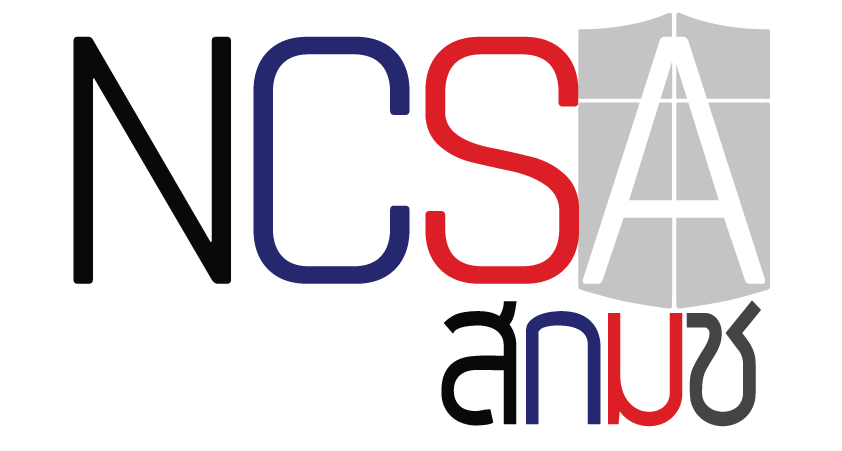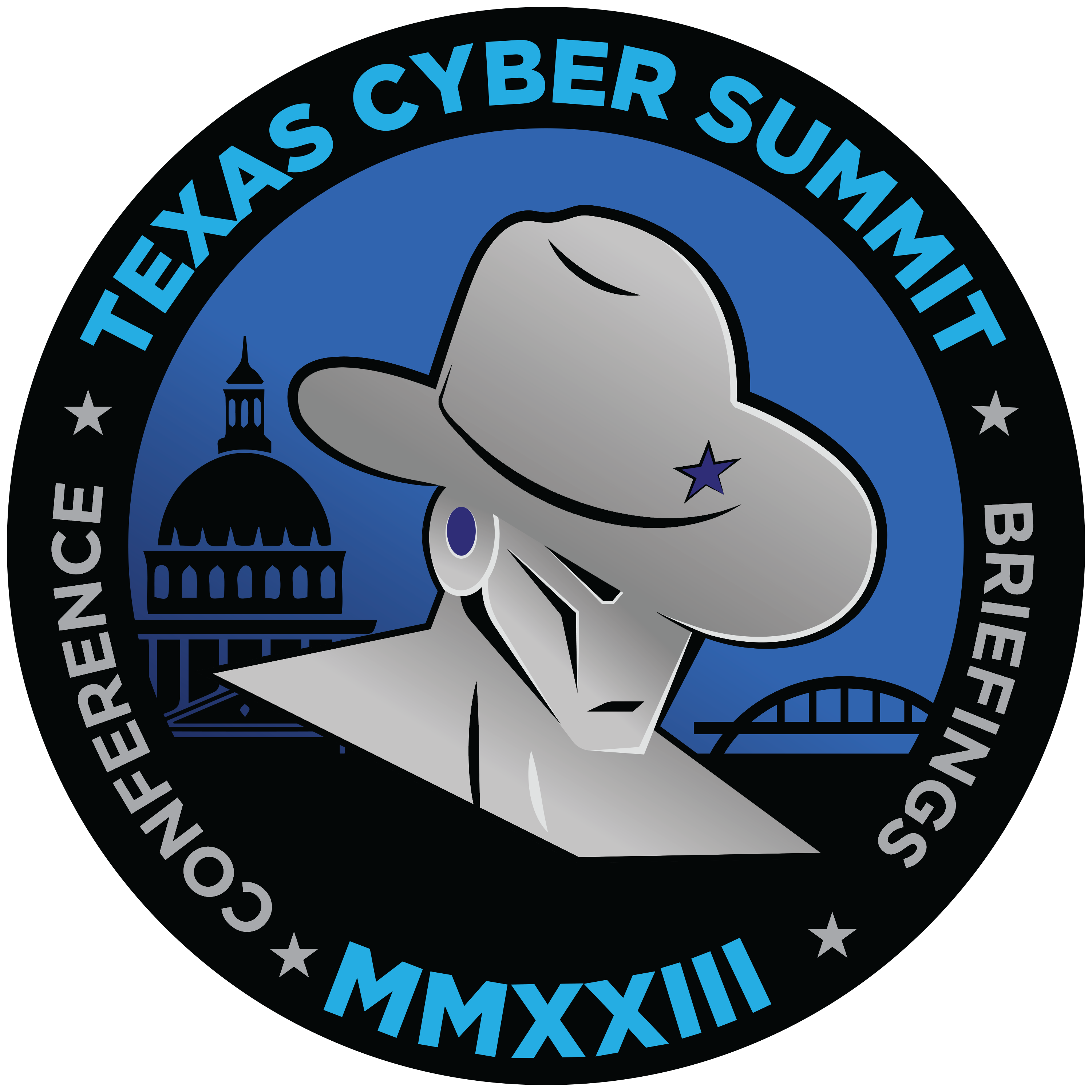During the pandemic I took up Bluetooth (BT) sniffing as a way to get out of the house. I didn’t know what was out there for BT devices, but it felt important to know what the implications were of the new over-the-air, no-auth, cross-device, firmware-level exploits on BT chips that my wife and others had started publishing. And because BT Low Energy specifically added anti-tracking functionality that didn’t exist in BT classic, I wanted to understand the in-the-wild state of privacy protection within the BT ecosystem.
Bluedriving left me with questions that are different from those you’d ask based on traditional WiFi wardriving. Is there a correlation between poverty, obesity, and BT sleep apnea medical devices? What are the implications of BT on police body cameras? Are BT sniffers going to be (/ already) used as alternatives to license plate cameras for tracking vehicles? Are fitness trackers still making it easy to track humans instead? Can someone steal heavy-construction equipment thanks to BT keyless ignition? Can hackers be tracked by their “portable multi-tool[s]”? Do hotels using BT door locks “open the door” to easier assassinations?
In this talk I will describe some of the most interesting observations from the past few years, and share some perhaps-surprising answer to those questions and more.






























